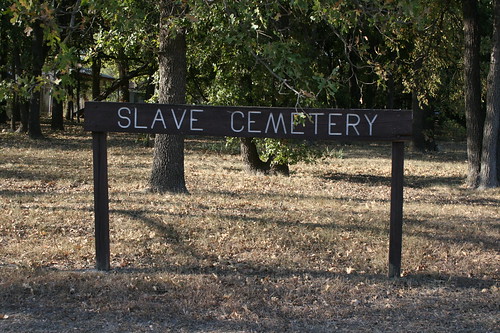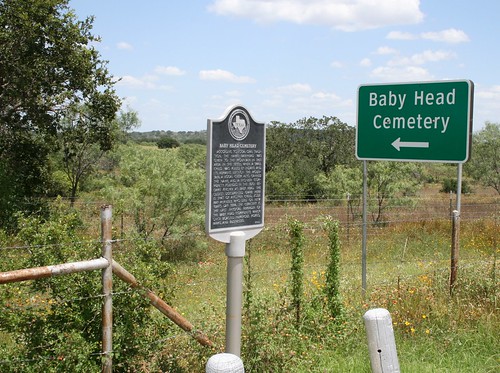Finally, something truly creepy and scary for Halloween week.
At some point during 2000, I read a book called A Twist at the End: A Novel of O. Henry and the Texas Servant Girl Murders of 1885 by Steven Saylor. I’m not entirely sure how I came to have this book because I’m not really one for historical fiction, but once I learned that the book was indeed based on real events, I became obsessed with the Servant Girl Annihilator case. As most friends I had at the time can tell you, I pretty much sent a copy of this book to anyone who showed even the slightest interest in it. I went on a “ghost tour” that took me on a walk late at night to visit the locations of some of the murders. It was on this tour that I learned about the “Moonlight Towers,” one of which stood at the end of the street where Mr. Oddbooks and I lived at the time, a nearly useless anachronism that seemed pointless to me until I learned their origin.
Much of what I am going to share here is data I have rattling around in my brain, but I will include a list of links at the end of this article for those who may want to read more about this interesting case than just what I remember.
The moniker “Servant Girl Annihilator” is actually both a flippant and misleading moniker for the person or persons behind the murders that occurred in Austin, Texas in 1884-1885. The name comes from a line William Sydney Porter, aka “O. Henry” put in a letter to a friend, describing the events in Austin in the summer of 1885. In a bitchy little comment worthy of Oscar Wilde, Porter snarked that Austin was terribly boring but the attacks from the “Servant Girl Annihilators” made things interesting at night. This moniker is misleading because men, boyfriends/common law husbands living with some of the female victims were also attacked, and because the last two women killed were not servants, but “respectable” married women.
But most of the victims were indeed women and most of them were black servants. Here is a list of the victims, as well as what was done to them. Most readers of this site are hardy people, but if you are new here, the content that follows may be a bit upsetting.




